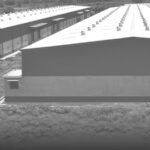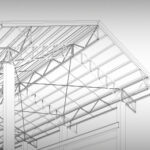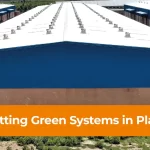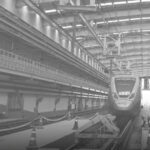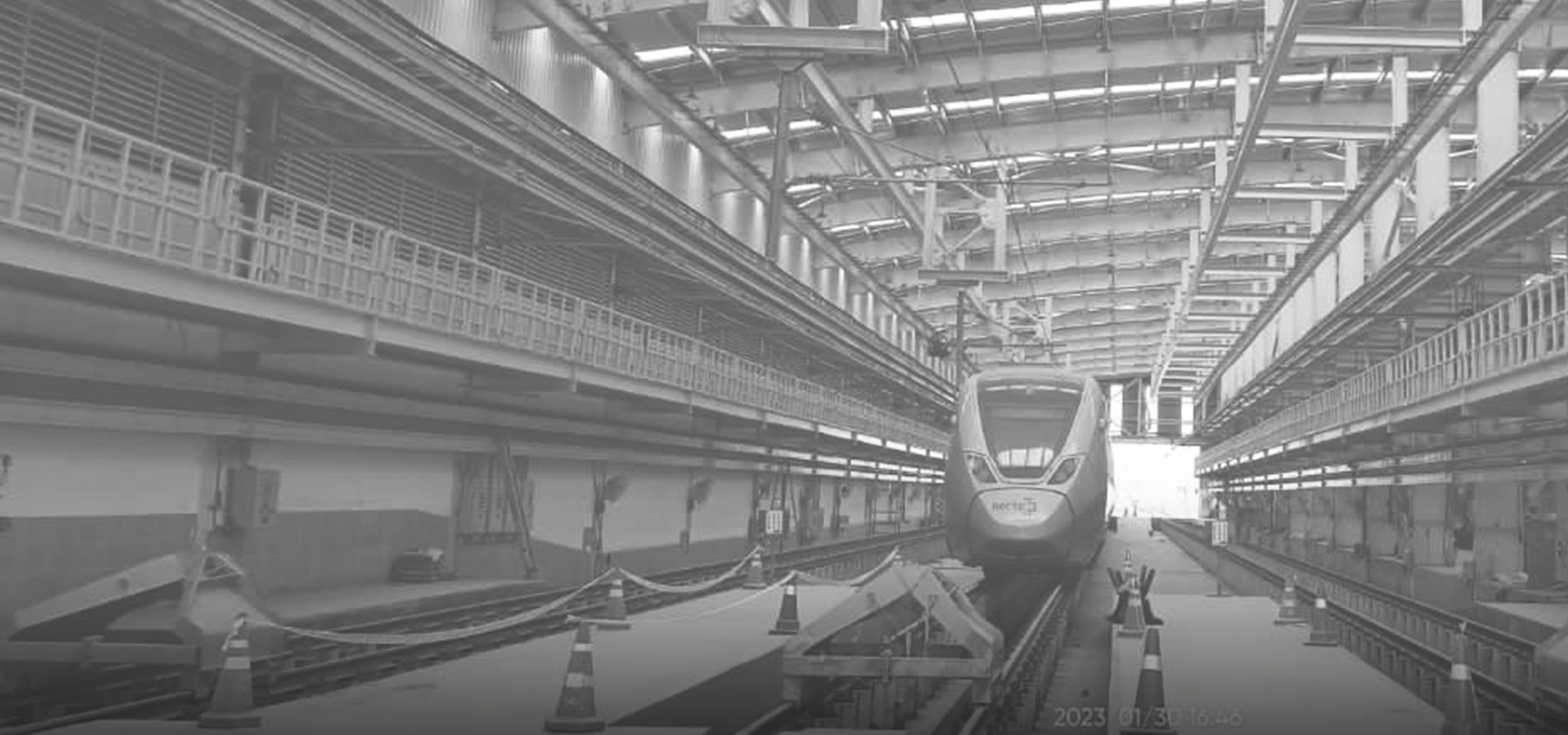The Benefits of Choosing Prefabricated Warehouses for Your Next Project
Do you want to decrease your environmental impact, optimise your supply chain, or grow your business? Pre-engineered building manufacturers in India might hold the key to accomplishing these objectives. These new generation structures have numerous benefits that can highly impact a business’s working agility and bottom line. Off-site design and production are done on them.
This development continues to be driven by the advantages prefabrication offers over traditional building, including shorter construction periods, reduced costs, and less environmental impact. Prefabricated warehouse manufacturers also contribute to the building of excellent storage solutions, which enables them to capitalise on the full benefits.
But what’s so attractive about these warehouses? Let’s explore the top five reasons why every company ought to.
- Swift Acceleration to Market
Time and money are saved by using prefabricated warehouses, which significantly shorten building schedules. Modular components are manufactured off-site in controlled conditions while the site is being prepared.
When compared to traditional ways, industrial warehouse manufacturers and structure providers offer an efficient method that can save construction time by up to 50%. This quickness is a major edge for businesses expanding swiftly or branching out.
This means that a project that usually takes a year to complete using traditional methods may often be accomplished in a few months due to peb building construction.
By reducing timescales, businesses may benefit from the following:
- Accelerate revenue generation by obtaining money earlier and completing orders faster.
- A higher inventory turnover rate might also result in an increase in income generating.
- Economical Construction
Companies that manufacture off-site warehouses contribute to peb building construction, which assists decrease material waste and lower labour costs as a result of higher productivity. Weather-related problems, labour shortages, and shifting material prices can cause unanticipated delays and cost overruns when building a warehouse using traditional methods.
Contrarily, prefabricated warehouses are manufactured in regulated manufacturing environments, which reduces the likelihood of unforeseen expenses and permits precise budgeting.
The following are some tactics for enlisting leading reducing expenses warehousing manufacturers:
- Reduced labour costs as a result of manufacturing off-site, which lowers the requirement for labour and associated expenses.
- Quick project completion lowers funding costs and decreases interest.
- Environmental Impact and Sustainability
Prefabricated warehouses are an option for companies who are looking to explore various warehouse models and prioritise sustainability. Due to the house-controlled manufacturing environment provided by prefabricated warehouse makers, it provides an environmentally favourable substitute for traditional building. Furthermore, a lot of the components are recyclable or obtained responsibly.
Similarly, shorter building times result in fewer energy use and carbon emissions. Furthermore, because prefabricated buildings are modular and allow for future expansions or renovations with little disturbance to the environment, their energy efficiency can result in significant operational cost savings over time.
- Integration of Technology
It is easy to install smart technology solutions on PEBs, such as automated lighting controls, energy management systems, and advanced safety features. Prefabricated warehouse manufacturers help integrate better building performance overall, reduce energy consumption, and improve operating effectiveness.
With this synergy, you can investigate several avenues to enhance efficiency, sustainability, and security:
Here are some technology advancements you can expect to utilise:
Autonomous mobile robots to navigate warehouse aisles on their own, transport merchandise, and assist with picking and packing duties.
The integration and management of many building systems, including HVAC, security, and lighting, is done through the use of building management systems (BMS) platforms.
Automated storage and retrieval systems (AS/RS) improve storage density, expedite order fulfilment, and streamline inventory management.
- Enhanced Quality Assurance
Due to a controlled manufacturing process, industrial warehouse construction and manufacturing services meet tight specifications and deliver consistent quality. Factories are highly controlled environments that provide extensive testing and inspections that help build strong, durable buildings. As a result, there will be less maintenance needed and the warehouse will last longer.
Precision manufacturing methods include computer-aided design (CAD) and computer numerical control (CNC) machining.
Several quality control procedures, from raw material inspection to final assembly, guarantee any defects or deviations are found and fixed.
In summary
The key advantages of peb building construction are those mentioned above. However, working with prefabricated warehouse manufacturers allows you to overcome many of the major obstacles you encounter. Prefabricated warehouses are the answer for everything from speed and cost-effectiveness to quality, tech integration, and much more.
Businesses that adopt this cutting-edge strategy will be well-positioned to prosper in a cutthroat industry as the demand for prefabricated buildings expands globally. These five advantages, along with many more, can be obtained by selecting prefabricated solutions.
One of the top producers of prefabricated warehouses manufacturers, Moonwalk Infraprojects is devoted to innovation, sustainability, and client pleasure. Our professionals make sure the prefabricated warehouse solution is customised to satisfy your unique needs. By comprehending your particular needs for industrial warehousing, we let you take advantage of prefabricated steel warehouses and help you accomplish your commercial objectives.




